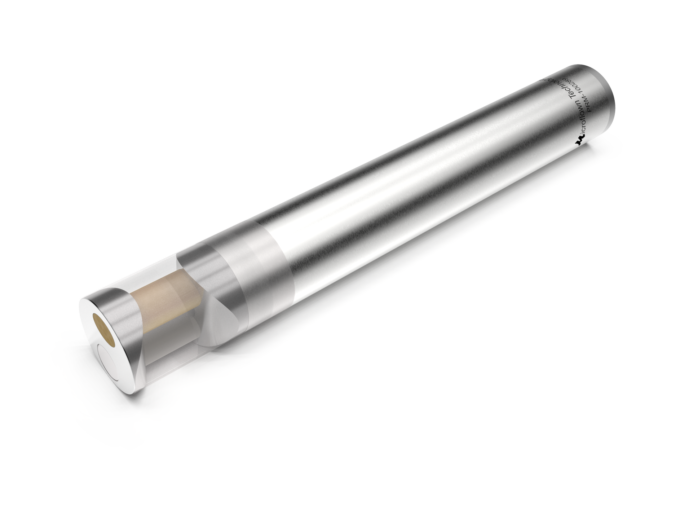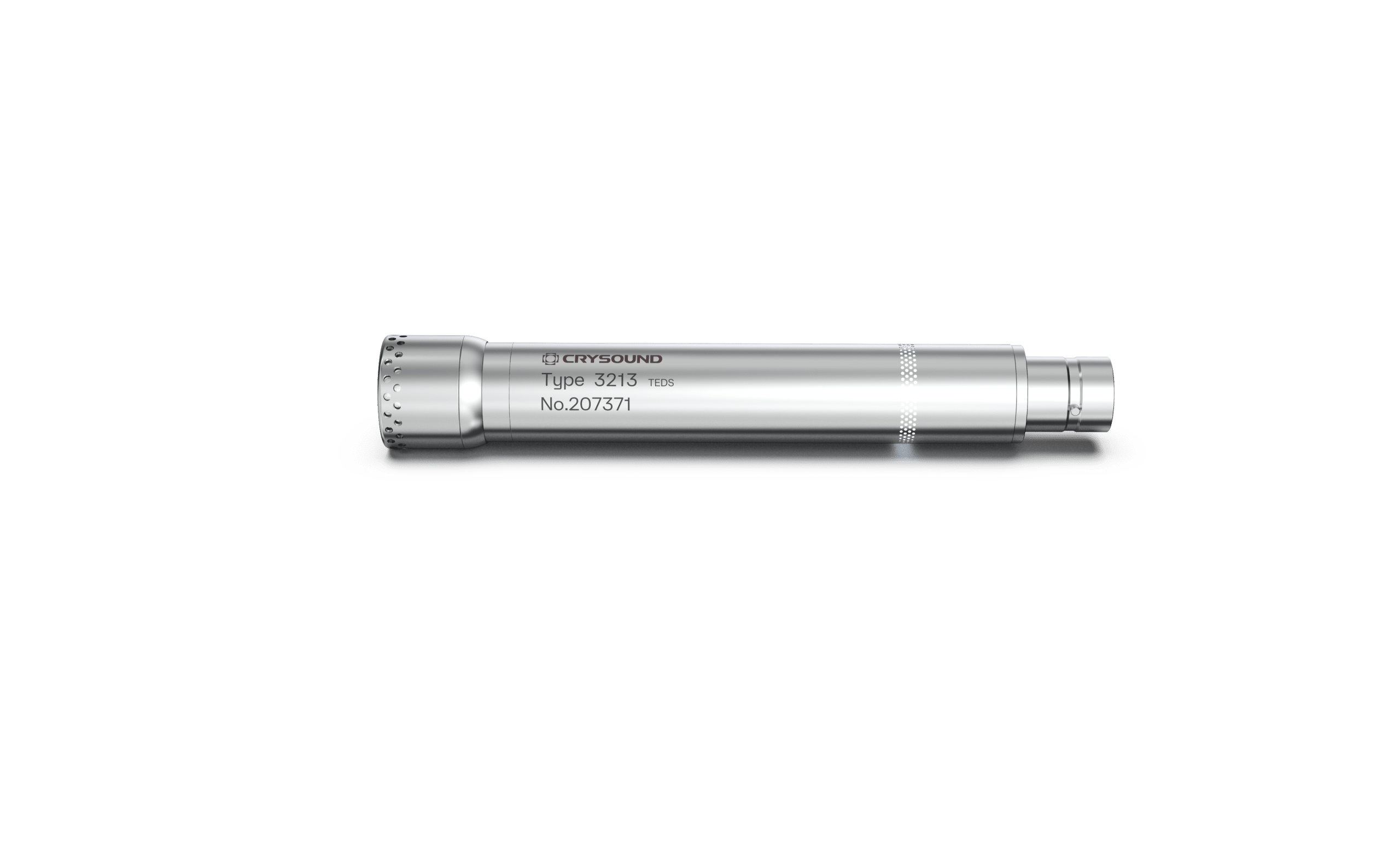Particle Velocity vs Sound Pressure, which one is best to use?
When dealing in the field of NVH, we know that accurate sound measurement is crucial.
Two ways of measuring this sound is particle velocity and sound pressure, these 2 methods both offer distinct insights into sound behaviour. Understanding their roles can improve analysis and troubleshooting in NVH testing, ensuring your research and manufacturing is more effective and successful.
What is Sound Pressure?
Sound pressure quantifies the force of a sound wave, expressed in decibels (dB). It’s the standard metric for most NVH applications.
How It Works
Microphones detect variations in air pressure caused by sound waves. These variations are then converted into an electrical signal, which can be processed to determine the sound pressure level. This method is effective across a wide frequency range and is universally accepted.
Benefits
When comparing Particle Velocity vs Sound Pressure, it is important to consider how they benefit you and how they differ
- Sound pressure is widely used, well documented and respected in NVH testing protocols. This makes results very easy and comparable.
- It is well poised for general measurements, meaning that you can be flexible in your application of it. Pressure can be used to measure everything from cabin noise assessments to engine noise evaluations, offering flexibility in applications.
- Sound pressure microphones are readily available, affordable which makes it accessible for most NVH tasks
- Results are also easy to understand, making them good to use when presenting to non experts
However, sound pressure isn’t perfect, and when dealing with highly specific noise sources or results that need to be precise, it can fall short.
Drawbacks
- Sound pressure can not show off the directivity of the noise source, meaning that identifying and troubleshooting becomes trickier as noise measurements gets more precise
- Measurements can also be skewed by false data such as reflections and background noise as the microphone isn’t as localised as its counterpart
- It is also much less reliable at closer range due to interference patterns and complex wave interactions
Overall, while sound pressure is a great, affordable option and is perfect for baseline measurements and standard data, there are significant issues that can affect the performance of a sound pressure microphone.
This is why, for certain uses, particle velocity must be used.
What is Particle Velocity?
Particle velocity measures the speed of air particle motion caused by a sound wave. It reflects the dynamic motion of particles in the medium, making it a direct measurement of the mechanical energy transfer in a sound wave. Particle velocity is typically measured using specialised velocity sensors or intensity probes.
How does it work?
When sound waves move, they cause the air to oscillate back and forth slightly. While this is minimal and hard to identify, particle velocity sensors can see this oscillation. The particles cross over small sensors that use temperature changes to quantify the energy flow and characteristics of the sound field. This provides a much more accurate result that traditional methods.
Benefits
- This method is highly effective when identifying noise and vibration sources in vehicles and machinery. The directionality of the data allows for more precise results, allowing you to pinpoint problems.
- It also provides accurate data close to components or structures, where sound pressure measurements may be less reliable.
- Particle velocity is ideal for detecting and analysing low-frequency noise and vibration, such as those from large engines or structural vibrations.
Particle velocity does have it’s drawbacks however, due to a much more technical and precise design of the probes and sensors, it is better positioned for more difficult projects.
Drawbacks
- Using particle velocity often requires specialised and sometimes costly velocity sensors, which may not be as widely available as your standard microphone.
- Measurement accuracy is often influenced by environmental factors such as air density, temperature, and humidity. This means that it is much better when used in controlled environments or at the least, inside.
- Fewer established standards exist for particle velocity compared to sound pressure, which can complicate benchmarking.
Particle Velocity vs Sound Pressure, Which One to Use?
Use Particle Velocity for:
- Pinpointing noise sources in powertrains, HVAC systems, or rotating machinery.
- Low-frequency vibration studies, such as tire-road interaction analysis.
- Applications requiring precise directional data, like beamforming.
Use Sound Pressure for:
- Overall sound level assessments in vehicle interiors.
- Compliance testing for regulatory noise limits.
- Quick diagnostics during NVH troubleshooting.
Particle velocity and sound pressure offer complementary data for NVH applications. By understanding how these methods work and their respective benefits, engineers can better diagnose issues, refine designs, and enhance overall performance.
Want to find out more about how particle velocity can benefit you? Check out our webinar where we delve into everything you need to know about particle velocity and how it can transform your measurements.







